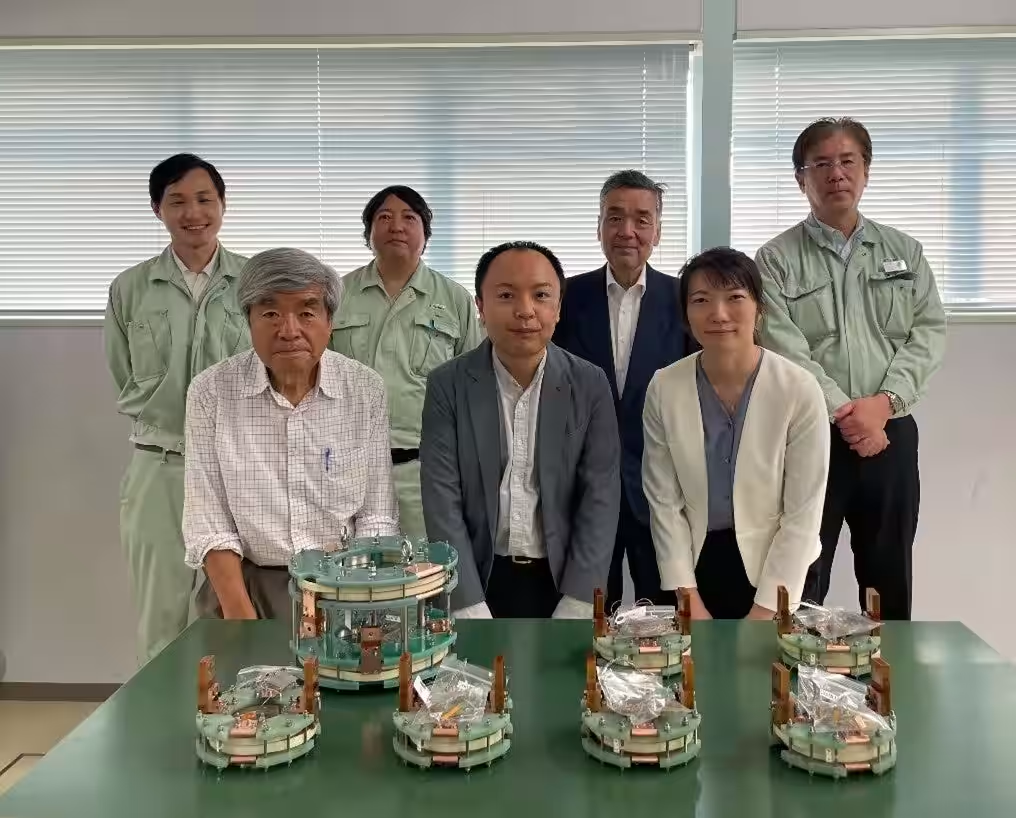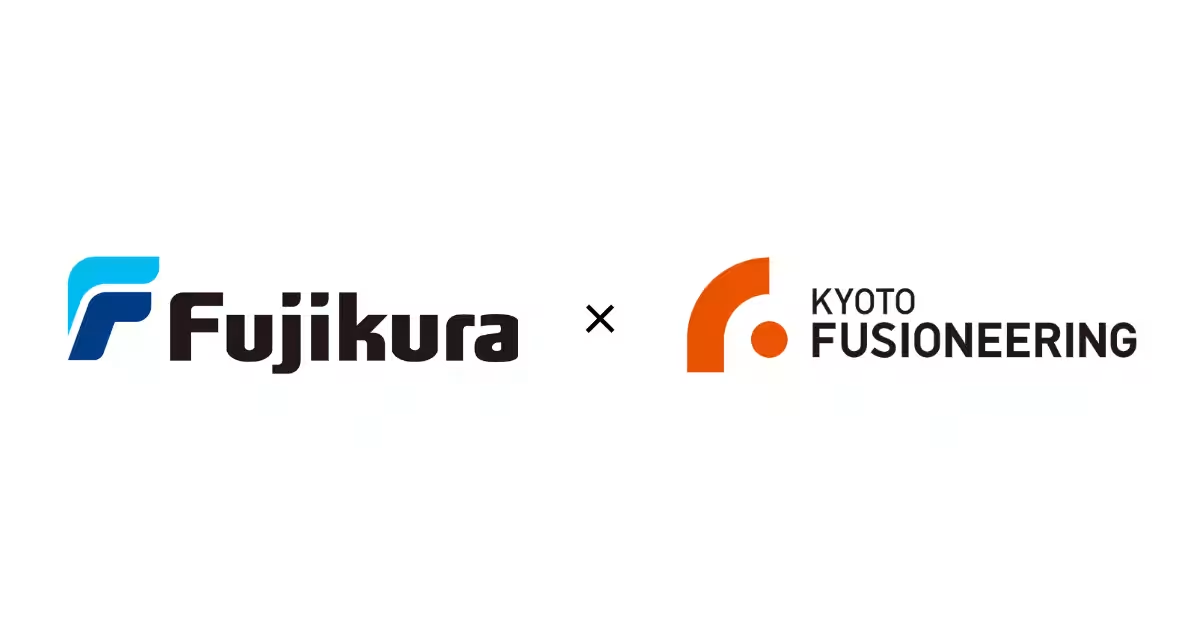

Successful Completion of Stage One in HTS Magnet Project with Kyoto Fusioneering and Fujikura in Collaboration
Successful Collaboration in HTS Magnet Project
The collaboration between Kyoto Fusioneering and Fujikura has reached a significant milestone, successfully completing the first stage of a research project focused on high-temperature superconducting (HTS) magnets for fusion energy development. This project is conducted under the auspices of the UK Atomic Energy Authority (UKAEA), specifically through its subsidiary, UK Industrial Fusion Solutions (UKIFS). It aims to innovate HTS magnets that are integral to the STEP (Spherical Tokamak for Energy Production) project.
Project Objectives and Structure
The primary aim of this collaborative project is to gather crucial data pertaining to the AC losses of HTS coils, which are essential for the design, analysis, and manufacturing of the HTS magnets that will be incorporated into STEP. By combining the expertise of Kyoto Fusioneering, known for its profound knowledge in fusion plant engineering, and Fujikura, recognized globally for its advanced HTS wire technology, the project has leveraged their respective strengths to promote innovation and push the boundaries of research.
Implementation Methodology and Results
Initially, the project commenced with the manufacturing of prototype coils to obtain foundational data. Seeking to optimize the design of the coils, the partners cooperated closely with UKIFS to decide on the specifications and structure, as well as test parameters. Following this, Fujikura undertook the manufacturing and assembly of seven different prototype coils that feature varying internal structures.
Simultaneously, an environment conducive to data acquisition was established, tailored specifically for testing the prototype coils based on their parameters. Rigorous tests were conducted using these newly manufactured coils, and the results obtained at cryogenic temperatures were analyzed. A significant finding was the correlation between the computed current characteristics anticipated by Kyoto Fusioneering, based on the fundamental properties of the HTS wire manufactured by Fujikura, and the actual test results. This confirmed the capability of producing coils without degrading the superconducting characteristics of the HTS wire, while also reflecting the accuracy and reliability of the acquired AC loss data and other testing metrics.
Ultimately, the foundational data gathered throughout this project has been delivered to UKIFS, ensuring a shared knowledge of the manufacturing methods for HTS coils. The project’s successful progress can be credited to the collaborative dynamics between the two firms, which efficiently guided them through the various phases of Module One of the project.
Comments from Project Members
Dr. Stuart Wimbush, Principal Magnets Engineer, UKIFS
"I am extremely satisfied with the outcomes of this project. The value obtained through the 20-month contract period has been immensely significant. The robust collaborative framework we developed, which allowed multiple members from our teams to engage actively in this project, has proven beneficial for all involved. The quality of deliverables at each stage has been exceptional, and the precise support extended by Kyoto Fusioneering has facilitated vital connections with Fujikura, a leading company in the HTS domain, and the broader Japanese industrial community."
Sadayori Iwai, Kyoto Fusioneering
Miki Nishimura, Kyoto Fusioneering
"We feel deeply honored to contribute to this advanced program in the UK. This project marked our first experience in the HTS magnet sector, and collaborating with Fujikura, the experts in HTS wire, has enabled us to successfully complete this venture. We are grateful for the opportunity to innovate together while leveraging the strengths of both companies."
Shinji Fujita, Fujikura
Masaki Oho, Fujikura
"We are honored to engage in the UK's pioneering program alongside Kyoto Fusioneering, known for their expertise in fusion energy systems. This collaboration has greatly enhanced our understanding of HTS magnets within the context of fusion energy, and we are delighted to report that we successfully completed the project. We look forward to contributing to the HTS sector both domestically and internationally in the future."
The Importance of HTS Magnets in the Fusion Energy Sector
The importance of superconducting technology in the fusion energy arena cannot be overstated. Drawing on cutting-edge advancements from international projects like ITER, substantial research and development efforts by various institutions and companies have paved the way for the successful application of HTS magnets. Japan's contributions have been notably vital, with prominent research institutions such as the National Institutes for Quantum and Radiological Science and Technology (QST) showcasing world-class capabilities in wire manufacturing and magnet assembly structures.
In recent years, the momentum for the practical and commercial application of fusion energy has surged, primarily driven by private fusion startups. There is a growing belief that leveraging higher critical magnetic fields with HTS magnets—based on designs from ITER—could yield smaller-scale fusion reactors capable of achieving comparable plasma performance within shorter timeframes. This potential has ignited a wave of high-level development among various fusion energy enterprises, further heightening the demand for HTS magnets.
For more information about this endeavor, please contact:
Kyoto Fusioneering
PR Division
Tel: 03-4530-3706
Email: media@kyotofusioneering.com
Fujikura Ltd.
PR Division
Email: wwwadmin@jp.fujikura.com
UKIFS (STEP)
Communications and Engagement
Email: communications.step@ukifs.uk


Topics Other)










【About Using Articles】
You can freely use the title and article content by linking to the page where the article is posted.
※ Images cannot be used.
【About Links】
Links are free to use.